Join us on an unforgettable journey through the majestic Mount Rainier National Park, uncovering its rich history and hidden wonders. This iconic peak beckons you to explore its breathtaking beauty and discover its unique story. From the awe-inspiring glaciers cascading down its slopes to the vibrant tapestry of its ecosystem, Mount Rainier National Park offers an adventure that will leave you spellbound by its untamed splendor.
Mt. Rainier Fun Facts
Get ready to be amazed – Mt. Rainier isn’t just a mountain; it’s a colossal ice sculpture! It boasts the most glaciers in the lower 48 states, with over 25 major ones sprawling across a massive 35 square miles. That’s like having a whole city blanketed in ice!
And speaking of cities, Mt. Rainier draws quite the crowd. Each year, around 10,000 adventurous souls attempt to conquer its summit. But here’s the catch: this mountain doesn’t give up its peak easily. Only a fortunate few reach the top due to the challenging trails and weather that can change in a flash.
Now, let’s take a step back in time. Did you know Mt. Rainier holds a special place in the history of National Parks? It was the fifth one established in the US, back in 1899, to safeguard its exceptional beauty and natural wonders for generations to come.
But wait, there’s more! Mt. Rainier is what scientists call an “active volcano.” While its last eruption was in 1894, its potential for future activity keeps everyone on their toes. Just imagine the stories this mountain could tell!
Hold on tight – we’re just getting started! Check out these cool facts:
- King of the Cascades: Towering at 14,411 feet, Mt. Rainier reigns supreme as the tallest peak in the Cascade Range. Talk about standing out from the crowd!
- Animal Paradise: All that ice and snow create a perfect home for some incredible creatures, like mountain goats, adorable marmots, and those furry little mountaineers known as pikas.
- Outdoor Playground: If hiking, backpacking, or skiing gets your heart racing, Mt. Rainier is calling your name. With miles of trails, endless backcountry adventures, and enough fresh air to last a lifetime, it’s an outdoor enthusiast’s paradise.
- A Name with a Story: Ever wonder where Mt. Rainier got its name? It’s a tribute to Rear Admiral Peter Rainier, a British explorer who charted Puget Sound in the late 1700s.
What are 5 facts about Mount Rainier?
Let’s talk about Mount Rainier, the superstar of the Cascade Range! This majestic mountain isn’t just the tallest peak in Washington State; it’s a symbol of the Pacific Northwest’s rugged beauty.
- A Mountain of Legends: For centuries, Native American tribes have lived in the shadow of Mount Rainier, weaving it into their stories, traditions, and spiritual beliefs. They were the first to explore its slopes, understand its rhythms, and recognize its power.
- A Crown of Ice: Mount Rainier is home to over 25 major glaciers, covering an area larger than many cities. These rivers of ice carve through the landscape, creating breathtaking valleys, ridges, and crevasses.
- A Sleeping Giant Awakens: Don’t let the tranquility fool you – Mount Rainier is an active volcano! While it hasn’t erupted since 1854, geologists keep a close watch for any signs of unrest.
- A National Treasure: In 1899, Mount Rainier earned its place as America’s fifth national park. Today, Mount Rainier National Park protects this natural wonder, ensuring that future generations can experience its magic.
- A Climber’s Challenge: Every year, thousands of climbers set their sights on Mount Rainier’s summit. But the journey isn’t for the faint of heart. The mountain demands respect, preparation, and a healthy dose of courage.
It’d be a shame not to dive into fascinating facts about Mt. Vesuvius, the iconic volcano that left a lasting impact on history. Don’t miss out on the intriguing facts about Mauna Loa, the world’s largest active volcano, waiting to be uncovered.
Is Mount Rainier the Tallest Mountain in the US?
Mount Rainier, standing tall at 14,410 feet, certainly dominates the skyline. It’s easy to see why someone might mistake it for the tallest peak in the US. However, that title belongs to Mount Denali in Alaska, which soars to over 20,000 feet.
Don’t let that diminish Rainier’s grandeur, though. It still holds the record for the tallest volcanic peak in the contiguous United States. In the Lower 48, Rainier reigns supreme in the volcano department!
And here’s a fascinating tidbit: beneath Rainier’s icy exterior lies the world’s largest network of volcanic glacier caves! Can you imagine explorers with headlamps, venturing into these icy tunnels hidden deep within the mountain? It’s like something straight out of an adventure novel!
Now, those volcanic caves might raise a question: how active is this volcano, really? While Rainier’s last notable eruption was in 1854, it’s still considered active today. Scientists constantly monitor it, looking for any hints of unrest.
But eruptions aside, Mount Rainier is a haven for life. From the glaciers clinging to its sides to the meadows bursting with wildflowers in the spring, the mountain supports a diverse ecosystem. Keep your eyes peeled for Olympic marmots – these adorable creatures call Rainier home!
Eager to delve deeper into the wonders of this majestic mountain? The Mount Rainier National Park website is a treasure trove of information, waiting to be explored!
How Old is Mount Rainier?
Mount Rainier’s age, much like a well-kept secret, is a bit of a mystery. Scientists can’t just look at the mountain and determine its exact birthday, but they’ve used their geological detective skills to make an educated guess.
By studying the layers of rock like a giant, ancient cake, geologists have pieced together a timeline. Based on their research, they estimate that Mount Rainier likely began forming somewhere between 500,000 and 600,000 years ago!
Over thousands of years, fiery lava flows and volcanic ash slowly accumulated, layer upon layer, like Mother Nature building a colossal masterpiece. It’s this gradual process that created the iconic peak we know today.
Now, Rainier’s last major tantrum, spewing lava and ash, was about 1,000 years ago. In geological terms, that’s practically yesterday! Since then, things have been relatively quiet on the eruption front, allowing nature to weave its magic and create the breathtaking landscape we see today.
It’s important to remember that our understanding of Mount Rainier, from its age to its volcanic activity, is constantly evolving as scientists make new discoveries. Who knows what secrets this ancient giant still holds?
Why is Mt Rainier called Rainier?
Before European explorers arrived, the native Puyallup tribe knew the mountain as “Tahoma,” a poetic name that translates to “Mother of Waters.” It’s a testament to the mountain’s vital role as a source of life-giving water.
The name “Mount Rainier” entered the scene in 1792, thanks to British explorer Captain George Vancouver. He spotted the majestic peak during his voyages and decided to name it after his friend, Admiral Peter Rainier.
The debate over the mountain’s name continues to this day. Some advocate for officially changing it back to “Tahoma” to honor the Puyallup tribe’s deep connection to the mountain.
Regardless of what we call it, Mount Rainier stands as a powerful symbol of the region’s rich history, cultural diversity, and the importance of respecting both the natural world and the people who have shaped it.
What makes Mt. Rainier so special?
Mount Rainier isn’t just a mountain; it’s an icon. Here are just a few reasons why:
- A Cascade Superstar: Dominating the skyline at 14,411 feet, Mt. Rainier is the undisputed king of the Cascade Range, visible for miles around. Its iconic outline is synonymous with the Pacific Northwest.
- A Glacial Wonderland: Get ready for some serious ice! Mt. Rainier boasts over 25 major glaciers, carving dramatic landscapes of deep crevasses and ice caves. It’s a hiker and climber’s dream, with breathtaking views that will leave you speechless.
- A Tapestry of Nature: From ancient forests to wildflower meadows and volcanic landscapes, Mt. Rainier National Park has it all. This diversity of environments supports a remarkable array of plants and animals, some found nowhere else on Earth.
- A Sacred Place: For centuries, Native American tribes have held Mt. Rainier as a sacred place, deeply woven into their spiritual beliefs and traditions. The park’s history and place names reflect this rich cultural heritage.
- An Adventure Magnet: Mt. Rainier is a world-renowned destination for climbers and hikers seeking a challenge. Reaching the summit is a feat of strength and endurance, rewarded with panoramic views that will stay with you forever.
The more you learn about Mt. Rainier, the more you realize how much there is to discover! Scientists are constantly making new discoveries, unraveling the mysteries of its geology, ecosystems, and history. What other secrets does this majestic mountain hold?
How many climbers have died on Mt Rainier?
Mount Rainier’s allure, while captivating, comes with inherent risks. Its history is marked by both triumph and tragedy. While it’s impossible to know the exact number, as records from the early days are incomplete, it’s estimated that over 400 people have died within Mount Rainier National Park since record-keeping began.
About 25% of those deaths were directly related to climbing accidents. That means roughly one in four deaths in the park can be attributed to the pursuit of reaching Rainier’s summit or exploring its challenging slopes.
Climbing Mount Rainier is inherently dangerous. The weather is notoriously unpredictable, capable of changing from sunny skies to blizzard conditions in a matter of hours. The terrain itself is unforgiving – steep, icy slopes, hidden crevasses, and the ever-present threat of rockfall demand respect and caution.
Preparation is paramount for anyone considering tackling this majestic peak. Consulting experienced climbers, connecting with park rangers, and honestly assessing your skills and experience are essential steps in mitigating risks.
Mount Rainier is a place of breathtaking beauty, but it’s also a powerful reminder that nature demands respect. Understanding the risks and taking the necessary precautions can mean the difference between a thrilling adventure and a tragic outcome.
Is Mount Rainier a Dead Volcano?
Don’t be fooled by its peaceful façade – Mount Rainier is very much alive! While it hasn’t erupted violently in a while, it’s still considered an active volcano. The last time it erupted was in the mid-1800s, which is relatively recent in geological terms.
Scientists believe that magma, the molten rock beneath the Earth’s surface, is still present beneath Mount Rainier. They use sophisticated equipment to monitor the mountain’s every move, tracking earthquakes, ground deformation, and gas emissions.
Why all the fuss? A future eruption could have significant consequences for the surrounding communities. Mudflows, ash clouds, and other volcanic hazards pose a real threat. That’s why Mount Rainier is considered one of the most dangerous volcanoes in the US – not just because of its potential to erupt, but also because of the number of people living within its reach.
Being aware of the risks is crucial, but don’t let that deter you from experiencing the beauty of Mount Rainier National Park. Just remember to stay informed about the latest volcanic activity reports and heed any safety guidelines provided by park officials.
What is the biggest threat from Mt Rainier?
While a fiery eruption might spring to mind, the most significant danger posed by Mount Rainier isn’t an eruption itself. The biggest threat comes from lahars.
What is a lahar?
Imagine a wall of mud, rock, and debris, all mixed together like a super-fast, super-powerful mudslide. That’s a lahar, and it can travel at speeds up to 50 miles per hour, obliterating everything in its path.
Why are lahars such a concern on Mt. Rainier?
Lahars need two key ingredients – volcanic debris and something to mobilize it. Mount Rainier has both in abundance. Its glacial ice and snow provide ample water, and its slopes are covered in loose volcanic rock just waiting to be swept away. An eruption, a large earthquake, or even rapid glacial melt due to heavy rainfall can trigger a lahar.
Who is at risk from lahars?
Mount Rainier looms large over a densely populated region, including the Seattle-Tacoma metropolitan area, home to millions of people. Many communities are built on old lahar deposits, putting them directly in the path of potential future flows.
What’s being done about the lahar threat?
Scientists are constantly monitoring Mount Rainier, using instruments to detect even the slightest tremors or changes that might signal an impending lahar. Communities in lahar-prone areas have evacuation plans in place, designed to get people out of harm’s way quickly and safely.
Living near a volcano like Mount Rainier requires a healthy respect for its power. By understanding the risks posed by lahars and supporting the scientists and emergency managers working to keep people safe, we can coexist with this incredible, but potentially hazardous, mountain.
When did Rainier last erupt?
Mount Rainier’s last notable eruption occurred about 150 years ago, a mere blip in geological time. But don’t let that fool you – this sleeping giant is still very much active and has the potential to erupt again someday.
Scientists keep a close watch on Mount Rainier, looking for any signs of unrest. It’s relatively close to several major cities, so any eruption could have a significant impact on the region.
Understanding Mount Rainier’s Volcanic Past:
To understand the potential risks posed by Mount Rainier, it’s helpful to know a bit about its volcanic history:
- A History of Fire and Ice: Mount Rainier is a stratovolcano, formed by layers of lava flows, ash, and other volcanic debris accumulated over thousands of years.
- A Restless Giant: Mount Rainier has a long history of eruptions, some more explosive than others. Evidence of past eruptions is visible in the landscape surrounding the volcano.
- Monitoring for Future Activity: Scientists use a variety of techniques to monitor volcanic activity, including measuring ground deformation, tracking earthquakes, and analyzing gas emissions.
While the likelihood of experiencing a major eruption during a visit to Mount Rainier National Park is low, it’s important to remember that nature is unpredictable. Staying informed about the latest volcanic activity reports and following park guidelines are essential for a safe and enjoyable visit.
Is Mount Rainier Still Growing?
Mount Rainier’s growth is a fascinating question that delves into the dynamics of volcanoes and geological processes.
Volcanic Growth vs. Dormancy:
Volcanoes typically grow when they erupt, adding layers of lava and ash to their slopes. Mount Rainier’s last eruption was in 1894, and it has been dormant ever since. Dormancy means that the volcano is not actively erupting but still has the potential to do so in the future.
The Role of Magma:
Deep beneath Mount Rainier, there may be magma slowly moving and accumulating. If the pressure from the magma builds up enough, it could eventually lead to an eruption. However, scientists are constantly monitoring the volcano for any signs of increased activity that might suggest magma is rising.
Glacial Influence:
The glaciers that blanket Mount Rainier also play a role in shaping its landscape. As snow accumulates and compacts into ice, it can exert significant pressure on the mountain. This pressure could potentially cause the mountain to uplift or subside over very long periods. However, these changes are incredibly slow and practically imperceptible in a human lifetime.
Ongoing Monitoring:
Scientists use a variety of tools and techniques to monitor Mount Rainier, including:
- Seismometers: These instruments detect earthquakes, which can be a sign of magma movement.
- GPS Stations: GPS stations track ground deformation, which can indicate changes in pressure beneath the surface.
- Gas Monitoring: Scientists analyze the gases released from volcanoes, as changes in gas composition can provide clues about volcanic activity.
To sum it up, Mount Rainier is not currently growing in the sense of erupting and adding new layers of volcanic material. It’s in a dormant phase. However, the possibility of future eruptions and the subtle influence of glaciers mean that Mount Rainier’s story is far from over. Its future remains a fascinating mystery, shaped by the powerful forces deep within the Earth.
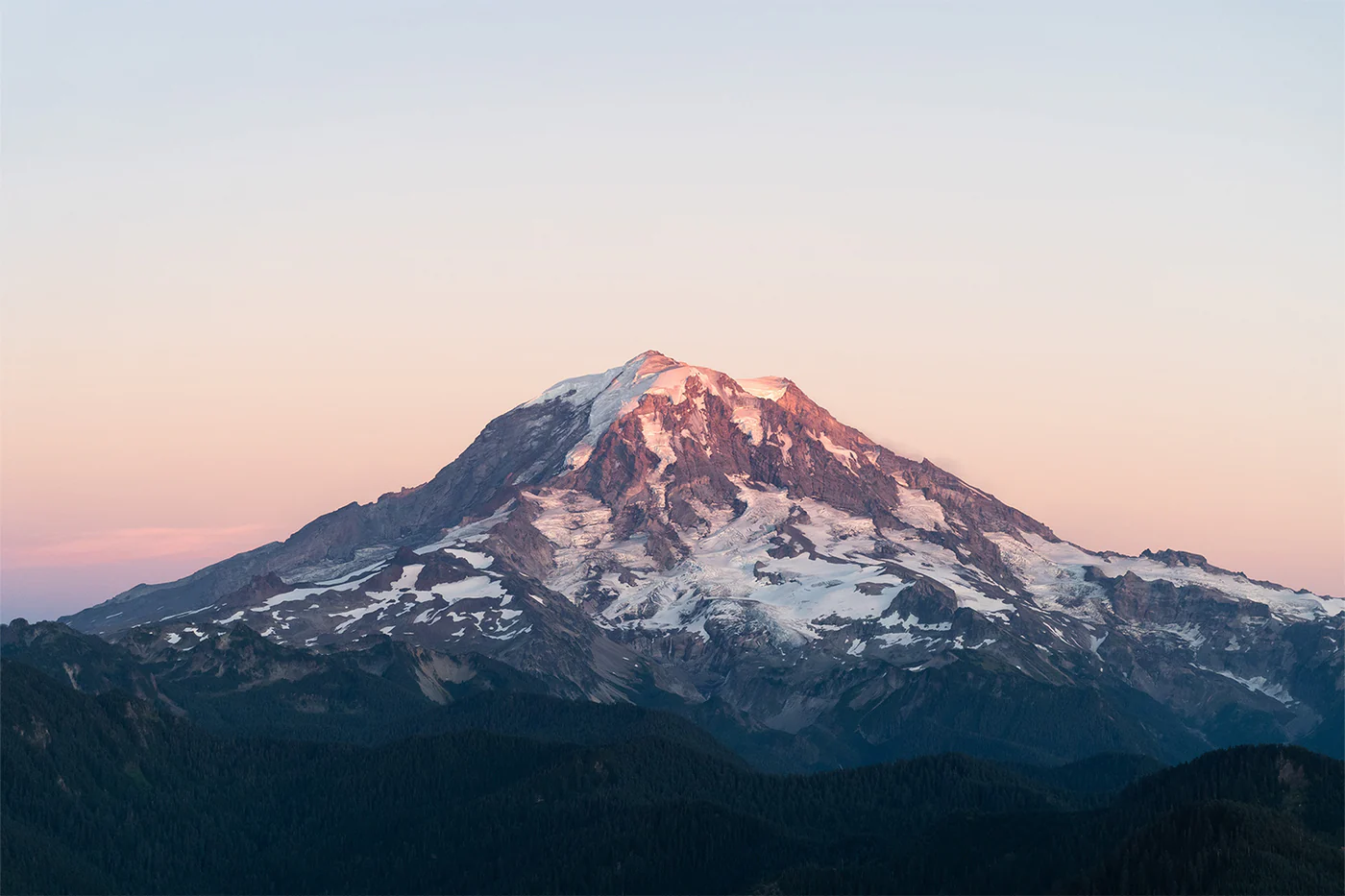
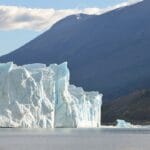
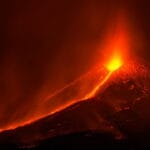
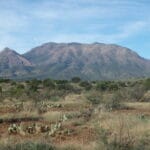

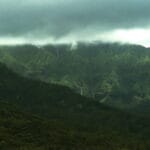
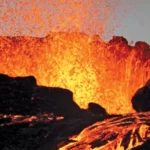










1 thought on “Fun Facts About Mount Rainier You Never Knew”
Comments are closed.